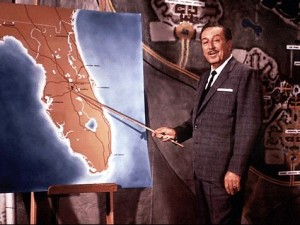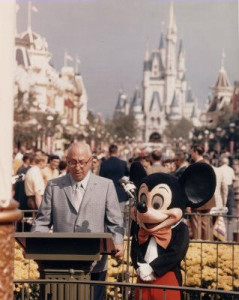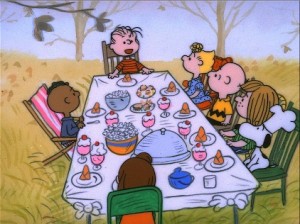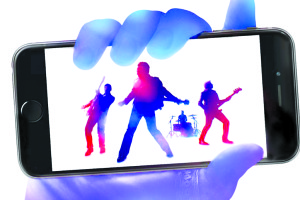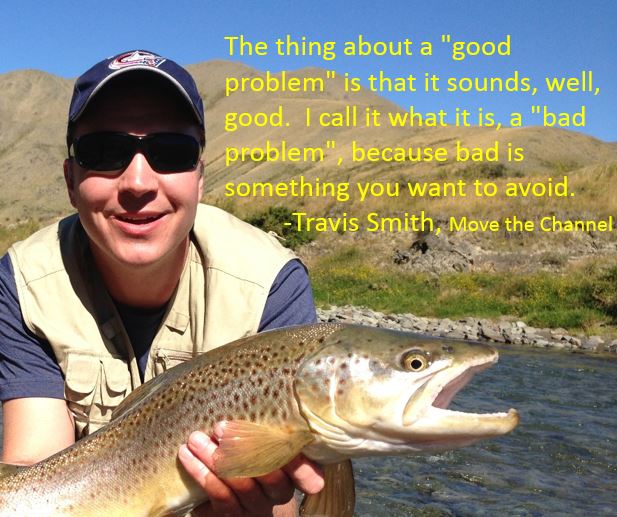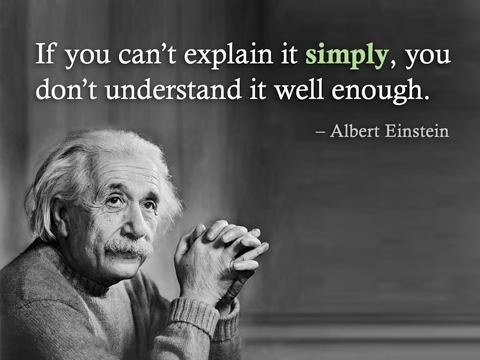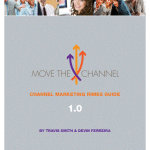 These five simple yet shocking tips will help to increase loyalty and better engage your channel partners.
These five simple yet shocking tips will help to increase loyalty and better engage your channel partners.
1.) Don’t ask them what they want… or need! By being the manufacturer or distributor you have the insight and best practices of your most successful partners. Create a leadership forum (online & offline) where you can have your partners collaborate and learn from your unique ecosystem.
2.) Reward them more for non-revenue activities. This may not make much sense on the surface, but it works. Remember those best practices that work from the first point? If you know that the partners with the most training sell more and are less maintenance, reward everyone in the channel for training completions. If X number of deal registrations or demos equal an increase of Y in sales, reward for registration or demo goal achievement. Almost all of my clients’ Reward Programs include STTS (Steps to the Sale) components.
3.) Share their competitive advantages with their peers. In certain cases, this is not always appropriate, but hear me out… Instead of just giving an award at the partner conference for most revenue, announce that “this partner also has the most certified engineers of any other VAR” or “this partner has engaged our sales team for demonstration more than any other partner.” Not only will they appreciate the honor, they will also get other Channel Partners thinking about the ways they can be better leaders. Pat these standouts on the back by putting them on a pedestal.
4.) Don’t set goals for your partners…. let them set their own. In your next meeting with you partner, don’t tell them their new goals for the quarter or year. Tell them why you value them and why and how you plan to help them grow THEIR business. Once you do, let them set the goal… chances are it is much more ambitious goal than you would have suggested…. and now they own it.
5.) Tell them to take a few days off. When your channel partners have achieved their goal (which they determined), take them and their spouse on a President’s Club or Group Trip (no, conferences don’t count!). You asked them to achieve a goal and they worked on it all year, so put your money where your mouth is and reward them for a job well done. No increased discounts, rebates, and more MDF don’t count. Those are all things in your business partner contract…. be human.
High-quality Group Incentive Trips can range from $2000-$5000 per person, but they couldn’t be a better use of funds. And if your channel partners hit the high goals they set, the extra revenue from the higher sales will more than pay for the trip. Think about enjoying a mai tai with your best partners and see how appreciative they will be while mingling with your upper management and executives. Nothing creates more loyalty than recognition and appreciation than through an incentive trip.
Move the Channel,





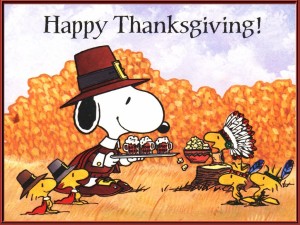

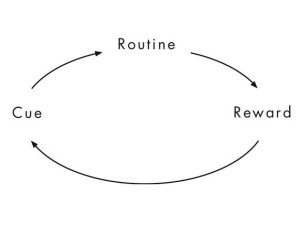
 This can be achieved by shining a spotlight on the five important channel behaviors that can transform into eventual sales. This spotlight is your channel engagement platform. A channel engagement portal blankets over all your channel resources and makes it easy for your partner’s people to identify the top 5 key plays (behaviors) that lead to sales. Those plays might include: certification trainings, viewing a new product launch video, downloading a new case study, reading a recent favorable Gartner report, setting a meeting with the regional business development manager, a new account introduction, or whatever else we know continues to move the sticks for fresh set of down.
This can be achieved by shining a spotlight on the five important channel behaviors that can transform into eventual sales. This spotlight is your channel engagement platform. A channel engagement portal blankets over all your channel resources and makes it easy for your partner’s people to identify the top 5 key plays (behaviors) that lead to sales. Those plays might include: certification trainings, viewing a new product launch video, downloading a new case study, reading a recent favorable Gartner report, setting a meeting with the regional business development manager, a new account introduction, or whatever else we know continues to move the sticks for fresh set of down.


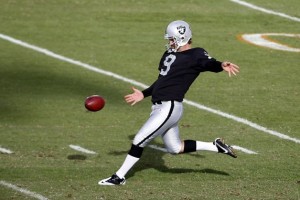


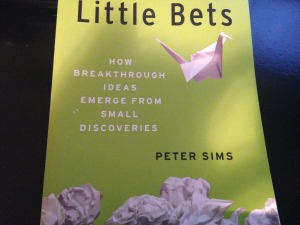
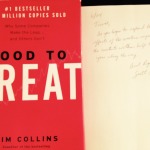 personal message inside. It’s a terrific gesture of respect and inclusion in your go-to-market strategy.
personal message inside. It’s a terrific gesture of respect and inclusion in your go-to-market strategy.


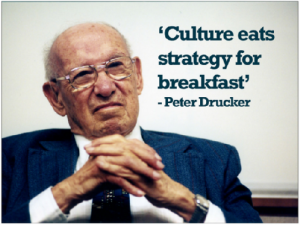 I recently had a thought provoking conversation with impressive channel leaders at a dynamic company that inspired this blog.
I recently had a thought provoking conversation with impressive channel leaders at a dynamic company that inspired this blog.
